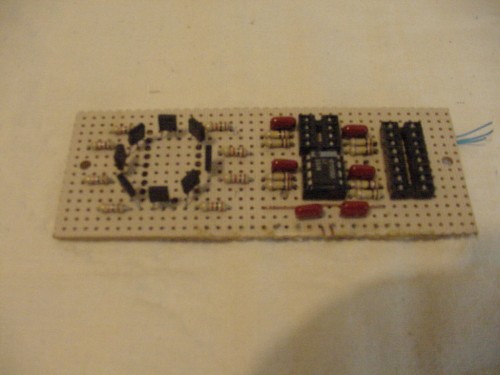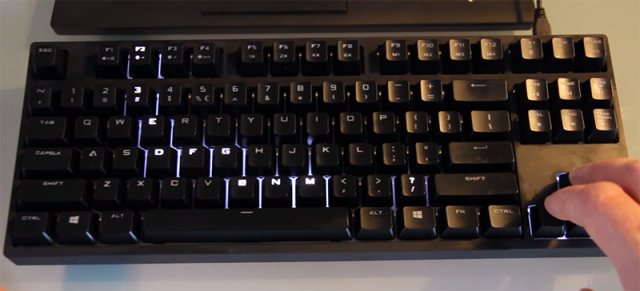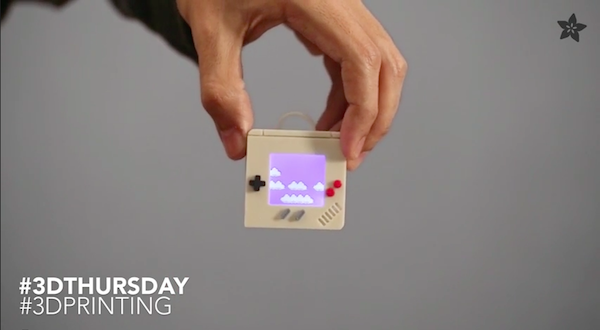The recent earthquake in Japan shows how important it is to be able to predict and warn people of earthquakes. One man has decided to build his own earthquake detector using an Arduino board.
Bob Davis has built his earthquake detector after noticing that animals behaved strangely before a quake struck. He’d read that earthquakes caused shifts in magnetic fields just before they happened, and that animals were sensitive to magnetic fields, since many animals use them to navigate. If he built a device that could measure shifts in these magnetic fields, then he would have a device that could predict earthquakes.
Davis had built such a device around the year 2000 that plugged into a parallel port and ran connected to a laptop to a basement. It sampled the magnetic field every minute, but he later discovered that the interval was too short to detect the kinds of changes in the field that might be the harbinger of an earthquake. The changes happened at around 4 hertz, so he needed to increase the frequency of the samples to try to get accurate results. Davis explains the process in a video, but it would be better if he told us how well the thing actually worked.
If you saw any of the footage of the Japan earthquake, you might have seen how they were able to broadcast warnings of the quake on TV and over the Internet. Though the warnings n Japan are displayed often only after the ground starts shaking, even the shortest warning allows people to take cover.
If Davis’s device is successful, perhaps commercial earthquake detectors will be as common in earthquake-prone areas as smoke detectors are today. As a native Californian, I know how dangerous quakes can be and how beneficial a warning can be in saving lives when the earth shakes.
For other uses of technology after earthquakes, see our post on iPhone apps that save lives (which mentions the 2010 Haiti quake) and the TALON Robot Rescuer assisting with the quake-damaged Fukushima Daiichi nuclear plant in Japan.
Via: Hacked Gadgets / Bob Davis











